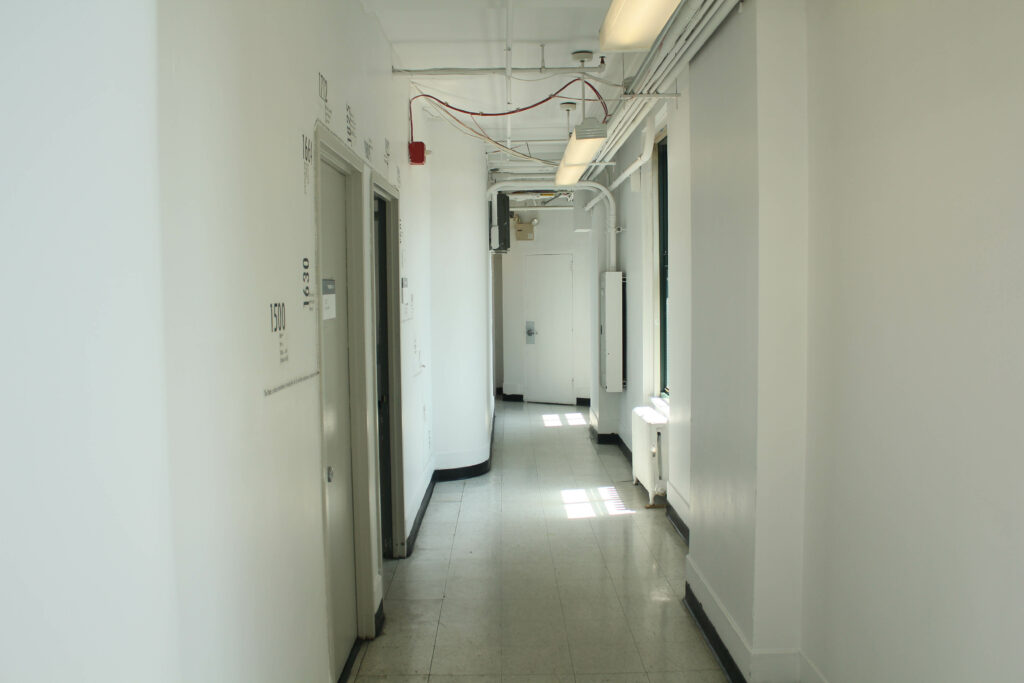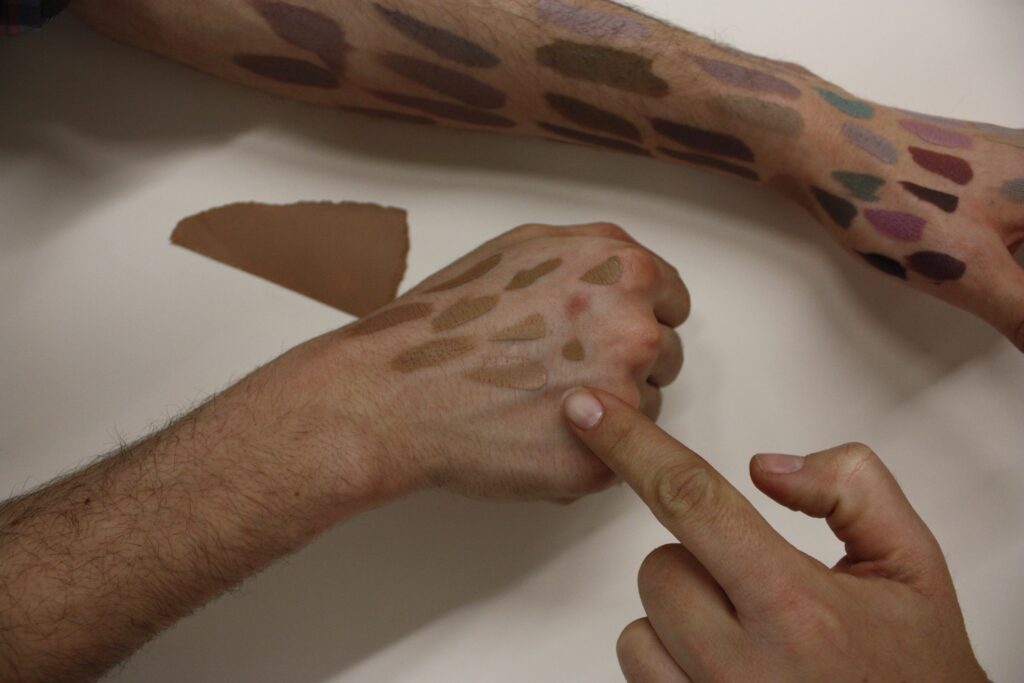

I encounter this “work” everyday: The “Neutral” White Walls of Education. I have heard student responses to these apparent neutralities for many years and in various contexts. Most responses are negative but a few students have responded positively, a rather rote response of, “It’s neutral, that’s why I like it.” Others counter, “White is not neutral.”
White can be blank and an appropriate place for a variety of works; it can also be sterile and inhibiting.
It has been symbolically associated with purity, religious epiphany, and the moral right. The use of white as “right, good” and black as “wrong, bad” has been promulgated in movies, the Bible and many stories of our childhoods. Who knows where this originated? Does it, as some psychologists suggest, stem from a basic survival skill to avoid dirt and filth that led to contagion or is it a fundamentally racist strategy of control?
Those that see the white walls as white alone could be seen as victims of a narrow understanding of all that is presented. If we look through the lens of science, and acknowledge the colors locked inside the white of pure light, we find a mirror for the polychrome responses of the student body.
In studying color, my students have mixed painted patches of their skin color and painted it onto their skin. Through this, they realize that they are by no means “white or black, red or yellow”—in fact, they are many various hues. The lightness or darkness of our skin is mostly due to the amount of pigment melanin. If we have more we are darker, if less lighter. Students have joked, “Well then, if more is more, the darker you are the more you have.” One self identified “black” student, upon attempting to mix her skin color, was disturbed when she realized, “I’m more white than black” as the perfect skin color match had more white in the mixture than any other hue. These analyses have led students to look beyond simplistic linguistic tropes to recognize the subtle and beautiful relationships between them. Understanding through perception and experience more easily overturns predetermined judgments stemming from close-minded ideologies.
Believing that the white on our institutional walls presents a neutral façade actually militates against the polychromatic individuality of our students. This kind of white is the opposite of the internal, visceral, struggling that allows a student to interact with a world full of doubt, full of uncertainty and to dive into his/her “one wild and precious life.” (Mary Oliver)
What are your associations and attitudes to various colors? What are the underlying assumptions?
When have you have experienced your full self connected to another person. Try to remember what connected you, what you had in common? How would you instill this awareness in another who is struggling with his/her own biases?
Try the skin exercise mentioned above. What similar kind of physical, kinesthetic interactions that unequivocally raise awareness could you develop?
Thomas Bosket
Faculty, Parsons The New School for Design

